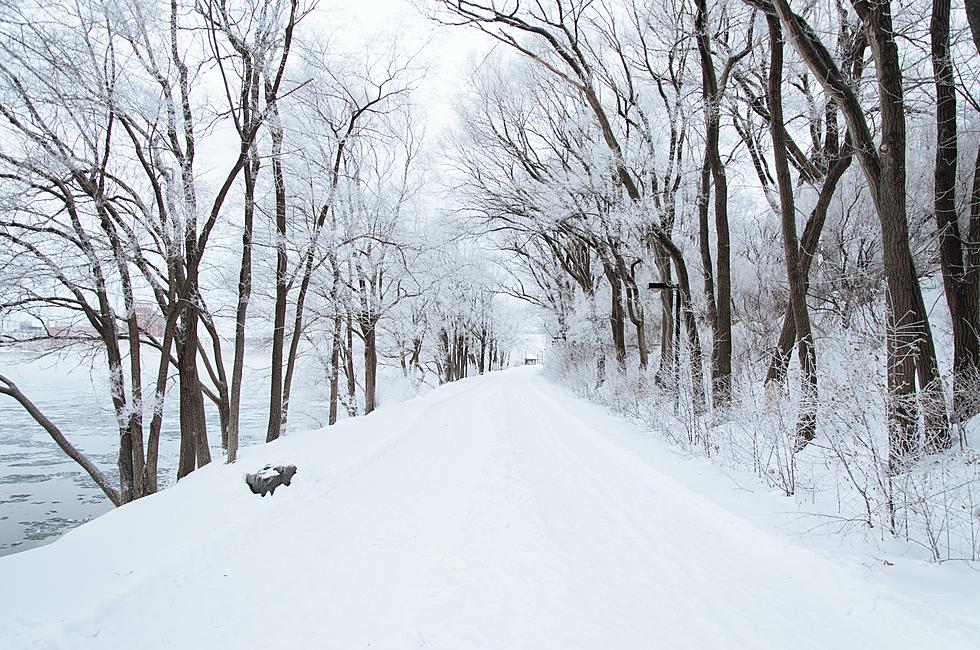
Shattered Snow Total Records In Ocean County, NJ This Weekend? Probably Not!
With each passing update on the weekend storm that we are bracing for, the more it becomes evident that this could be a historic weekend here in Ocean County.
Parts of the county are anticipating the possibility of 18" of snow with the Nor'Easter that will blow through the area, bringing with it the likelihood of blizzard conditions. And this storm looks like it's going to be laying down a record amount of snow.
We dove into the record books to see what the records are for today's (1/28) and tomorrow's (1/29) dates are here in Ocean County, and we looked to the office of the State Climatologist to get the data.
Snow amounts are recorded at weather stations throughout the state and then careful records are kept by the State Climatologist's office. We checked their data and here's what we discovered.
I spoke with Dave Robinson, NJ State Meteorologist dug up two confirmed snow totals in Toms River that will blow your mind. In late December (26th and 27th) of 2010, the snow total was an incredible 28 inches, and in mid-February of 1899 Toms River got 24". So odds are, no record will be broken in Toms River with this blizzard.
We're so used to the coast being the place that's spared from the big numbers with winter weather, but this Nor'Easter thing is really sending us for a loop so far this winter. So far, just like most things this year, our winter is less than typical.
And word is now starting to circulate that temperatures by the middle of next week are going to be in the '50s and actually could get pretty close to 60 degrees. Even the weather is upside down this year.
So, get ready to dig out of what will likely be the big storm of the winter (but who knows, right) and then get ready for a taste of spring next week. We'll definitely have earned it.
Just In Case: Here's how you can prepare for power outages
LOOK: The most expensive weather and climate disasters in recent decades
KEEP READING: Get answers to 51 of the most frequently asked weather questions...
.
More From 94.3 The Point









